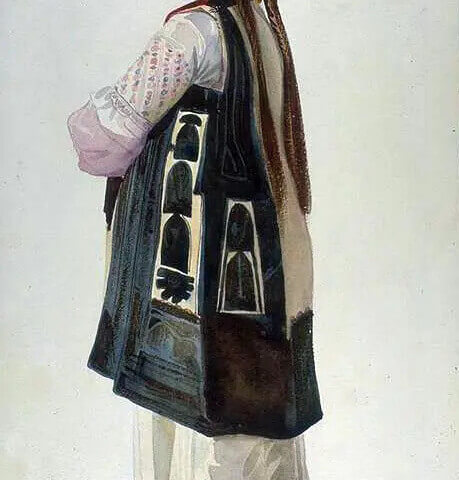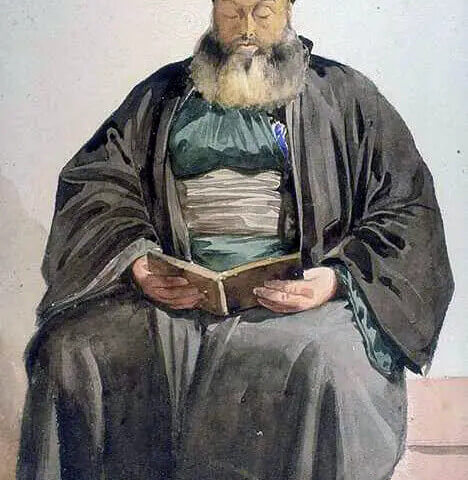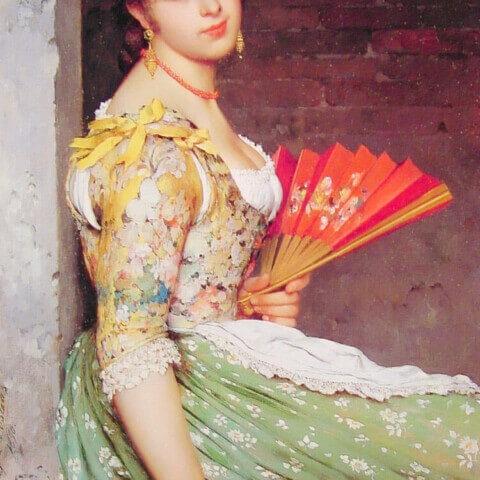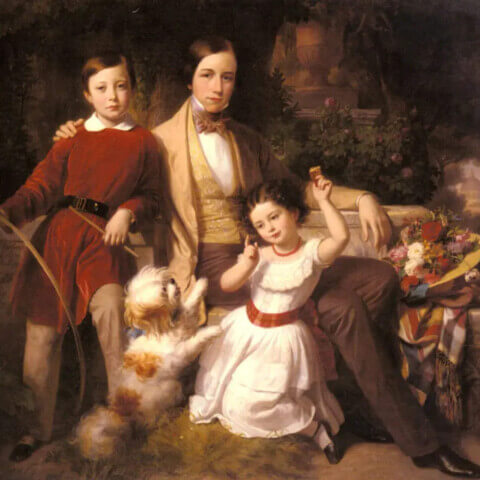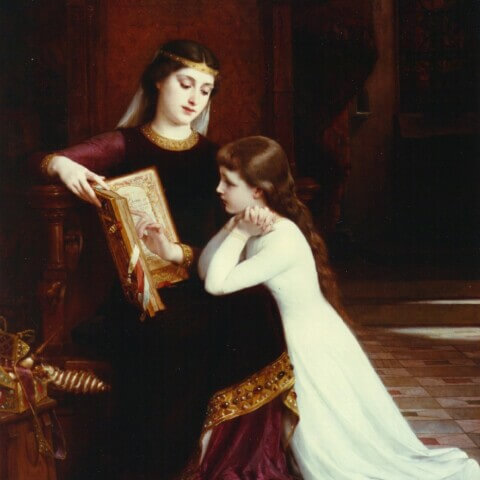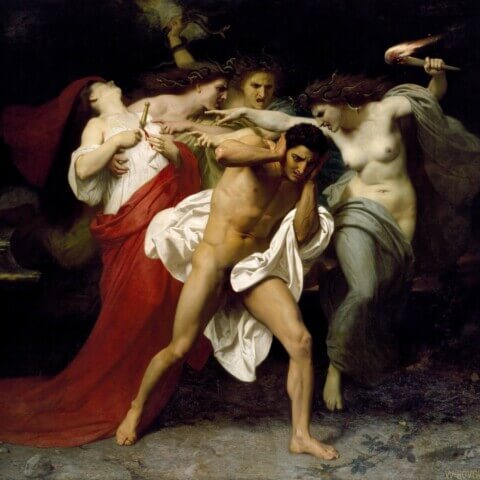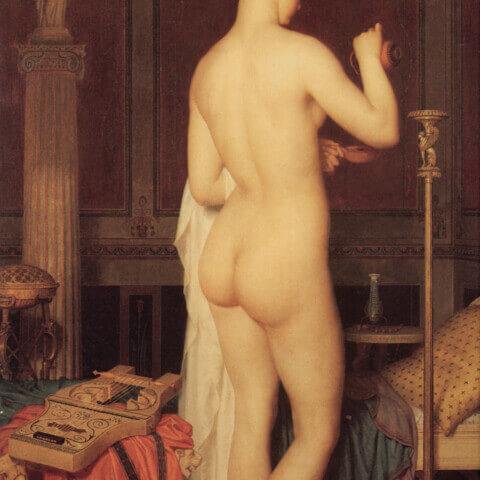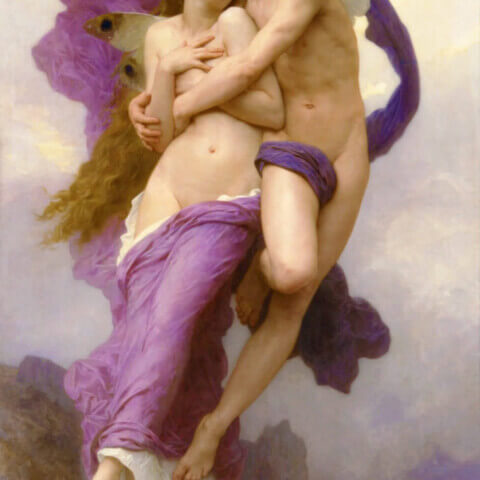Title: “”Emile Munier’s Delightful Gem: Testing the Water””
Year Painted: 1885
Emile Munier’s masterpiece, “”Testing the Water,”” painted in 1885, holds an enchanting allure that captures the essence of childhood innocence and curiosity. The French artist, known for his exceptional skill in depicting young subjects, showcases his talent in this heartwarming scene.
In “”Testing the Water,”” Munier transports viewers to a bygone era, where children are gathered by the water’s edge. The painting emanates a sense of joyful anticipation as the youngsters prepare to dip their toes into the refreshing water. The vibrant colors and intricate detailing breathe life into the characters, evoking a sense of nostalgia and warmth.
Munier’s ability to capture the essence of childhood with such authenticity is what makes “”Testing the Water”” an exceptional artwork. The tender expressions on the children’s faces and the playful camaraderie they share create an emotional connection with the audience. The artist’s attention to detail and meticulous brushwork reveal the subtleties of each subject’s personality, allowing the painting to exude an endearing charm.
Beyond its artistic brilliance, “”Testing the Water”” holds cultural significance as a representation of the timeless and universal joy of youth. It serves as a poignant reminder of simpler times, eliciting a wistful longing for the carefree innocence of childhood.
Munier’s work was well-received during his lifetime, and “”Testing the Water”” further solidified his reputation as a master painter. His ability to portray the fleeting moments of childhood bliss resonated with art enthusiasts and collectors alike. Today, the painting is a treasured piece housed in prestigious art collections, adored by both connoisseurs and casual art lovers.
The enduring appeal of “”Testing the Water”” lies in its ability to transcend time and cultural boundaries. It serves as a timeless testament to the universality of human experiences, particularly the innocence and wonder of childhood. In a fast-paced world, this painting offers a gentle reminder to pause, reflect, and embrace the simplicity and beauty of life.
In conclusion, Emile Munier’s “”Testing the Water,”” painted in 1885, is a remarkable work of art that captures the essence of childhood in a heartwarming and nostalgic manner. Its exquisite details, vibrant colors, and emotional depth make it an extraordinary piece, treasured and celebrated for its portrayal of the universal joy of youth. This painting is a testament to Munier’s artistic prowess and serves as a timeless reminder of the precious moments that define our human experience.
At our art gallery, we take pride in offering comprehensive global shipping to our esteemed clientele. We understand the significance of your art acquisitions and the need to transport them with utmost care. Hence, we are committed to delivering your chosen paintings to any address worldwide and free of any additional charge.
Our reliable courier service partners are experienced in handling precious art pieces and ensure that your painting reaches you in pristine condition. We offer fully insured, door-to-door delivery, providing you with peace of mind that your artwork is protected during transit.
Moreover, to accommodate your unique framing preferences, we offer the distinctive service of sending your purchased artwork directly to any framer across the globe. This enables you to have your painting framed locally by your trusted framer, reducing the risk of damage during transportation.
Regardless of your location or your framer’s, we strive to make the process as seamless as possible. It is our goal to provide exceptional service that caters to your needs and ensures the safe delivery of your valuable artwork.
We invite you to experience our hassle-free, worldwide shipping service, which is aimed at delivering your prized art pieces safely and efficiently, wherever you may be.
Similar paintings
Join our newsletter
Signup for our newsletter and receive our inspiration guide and 20% discount on your first order!


